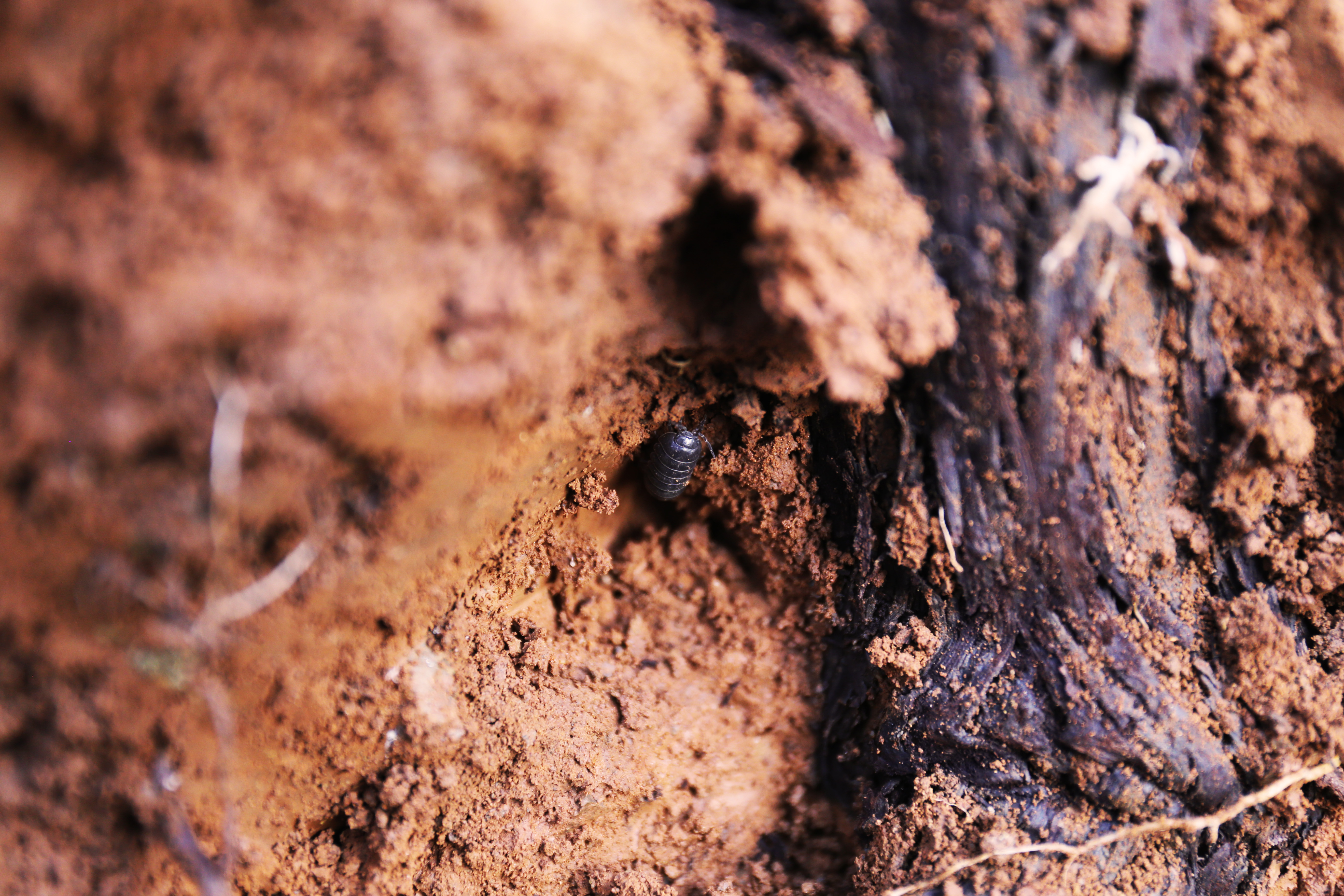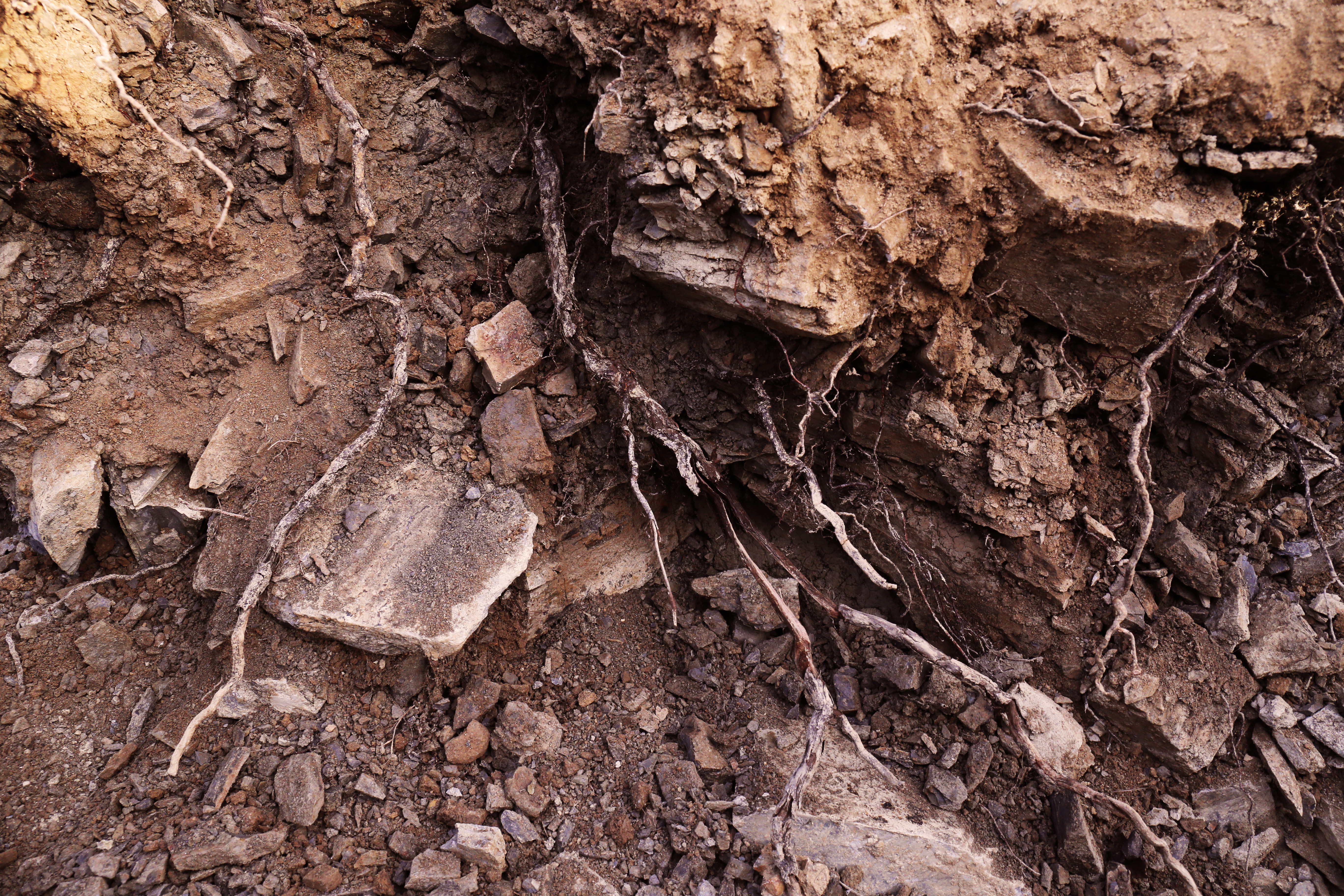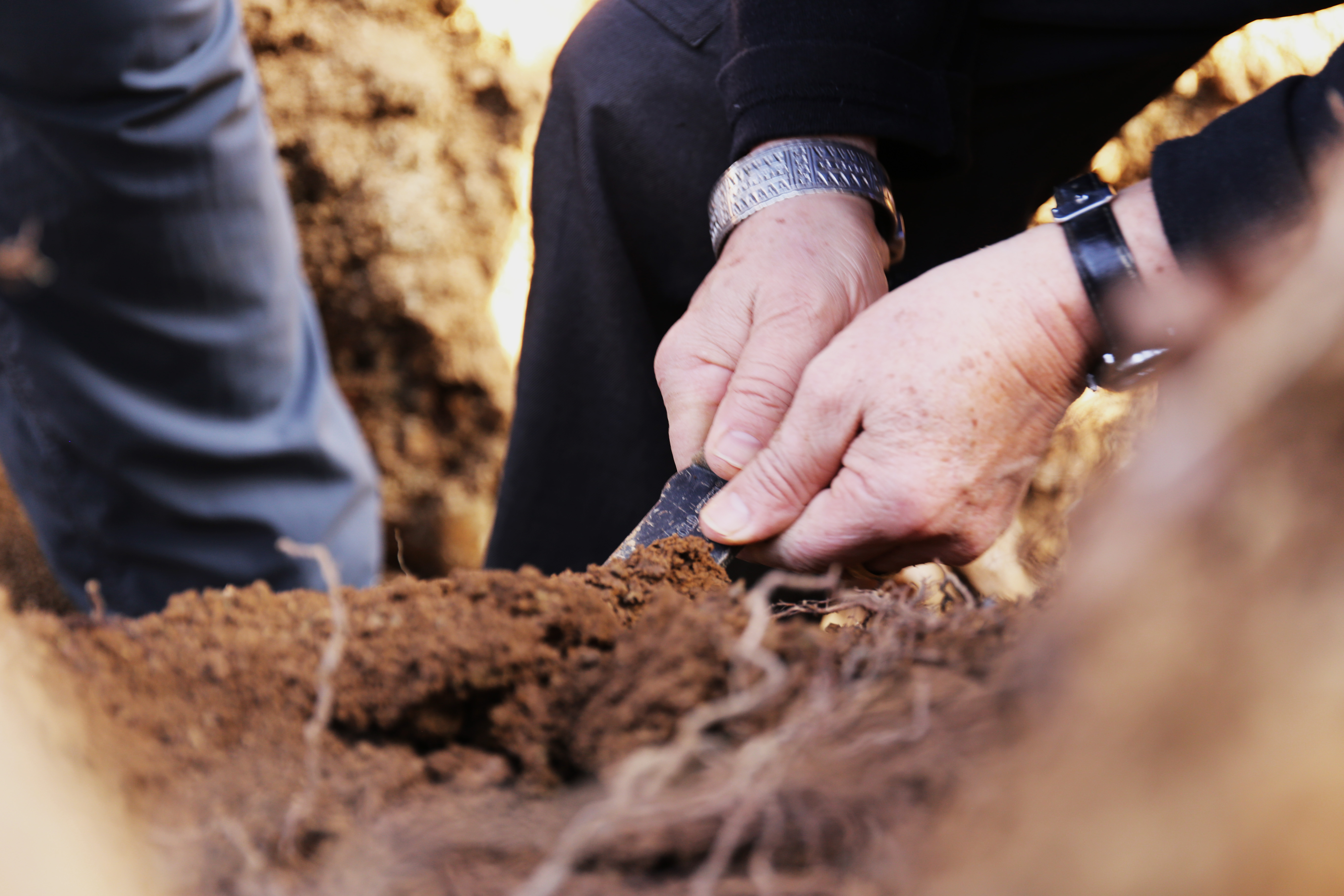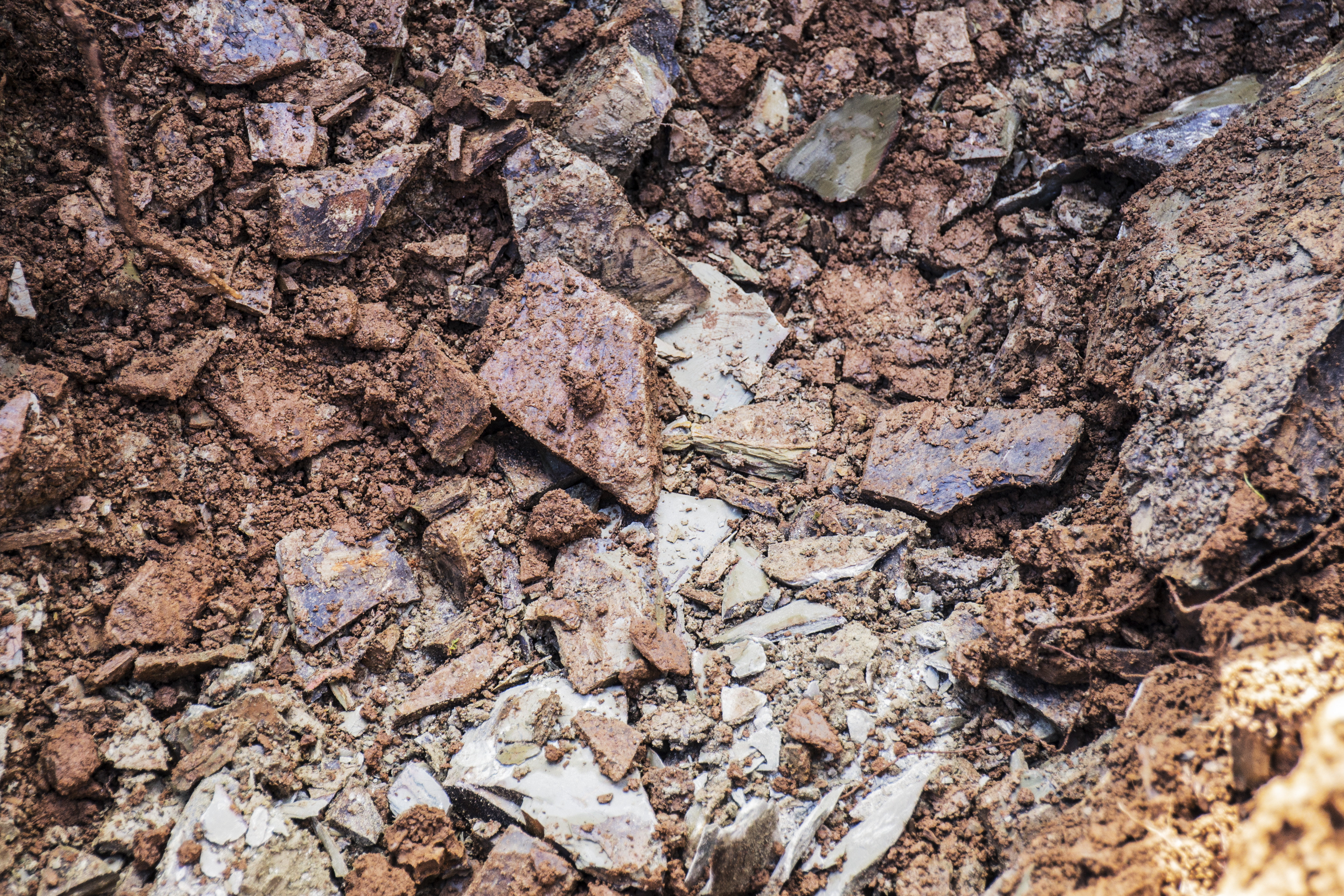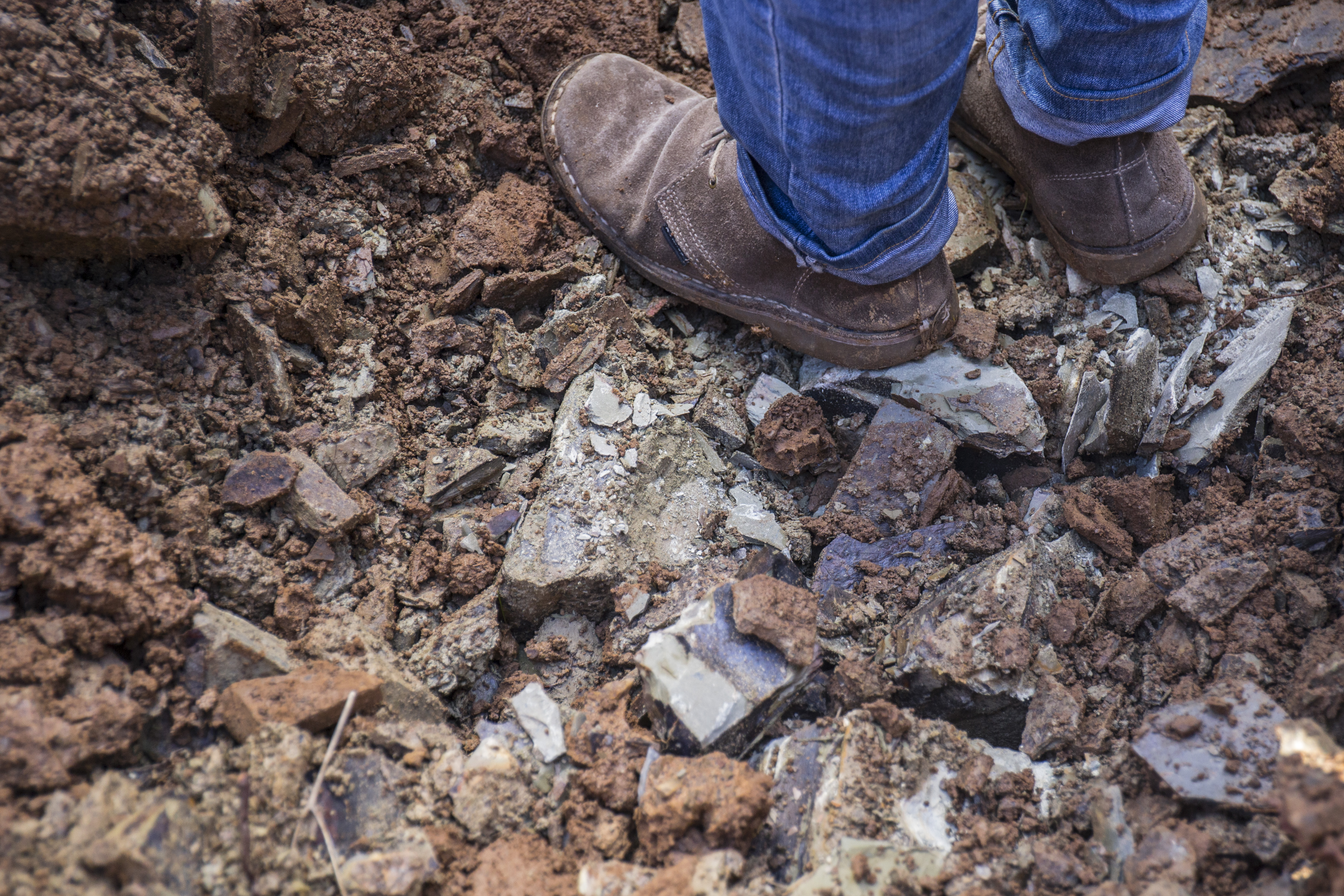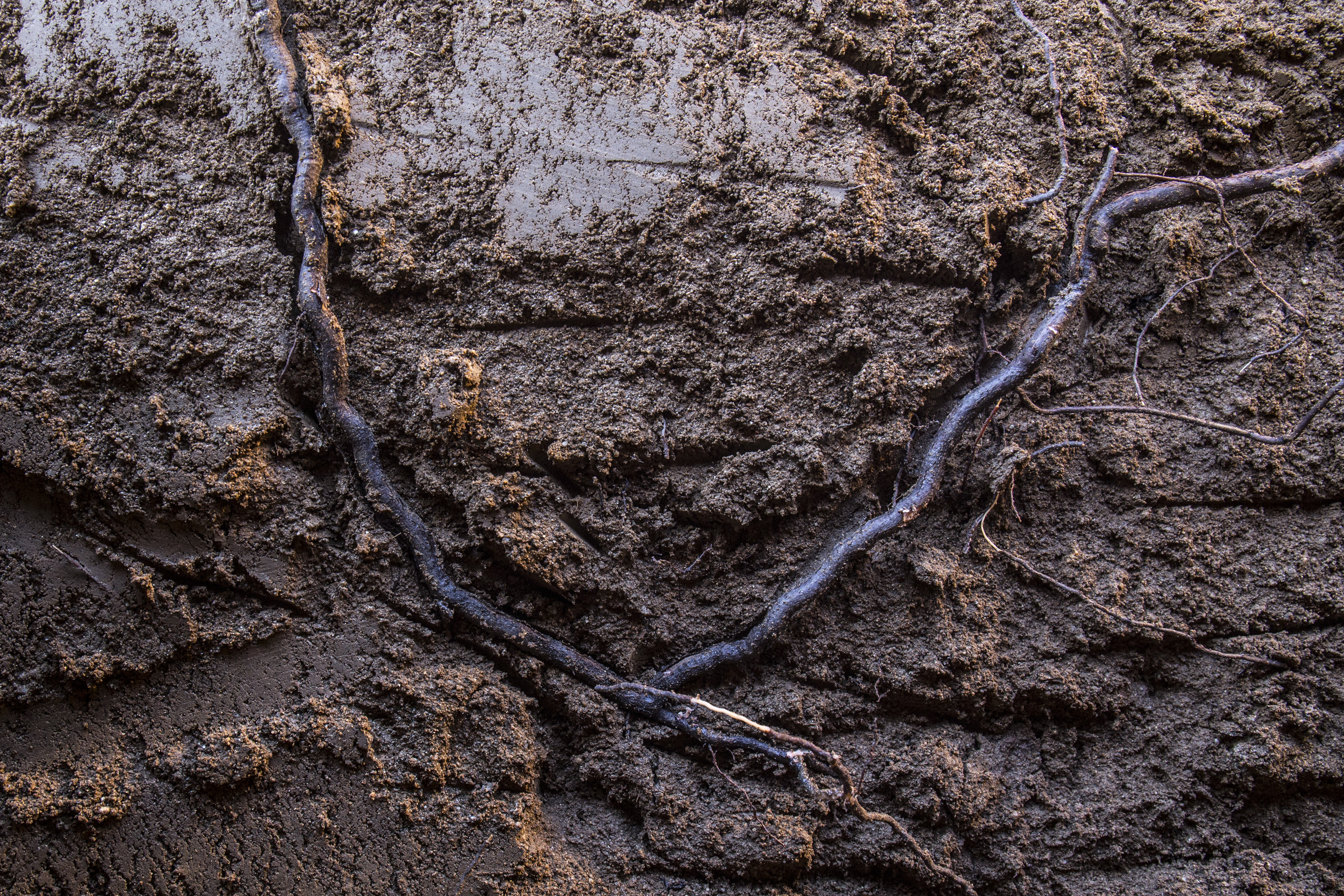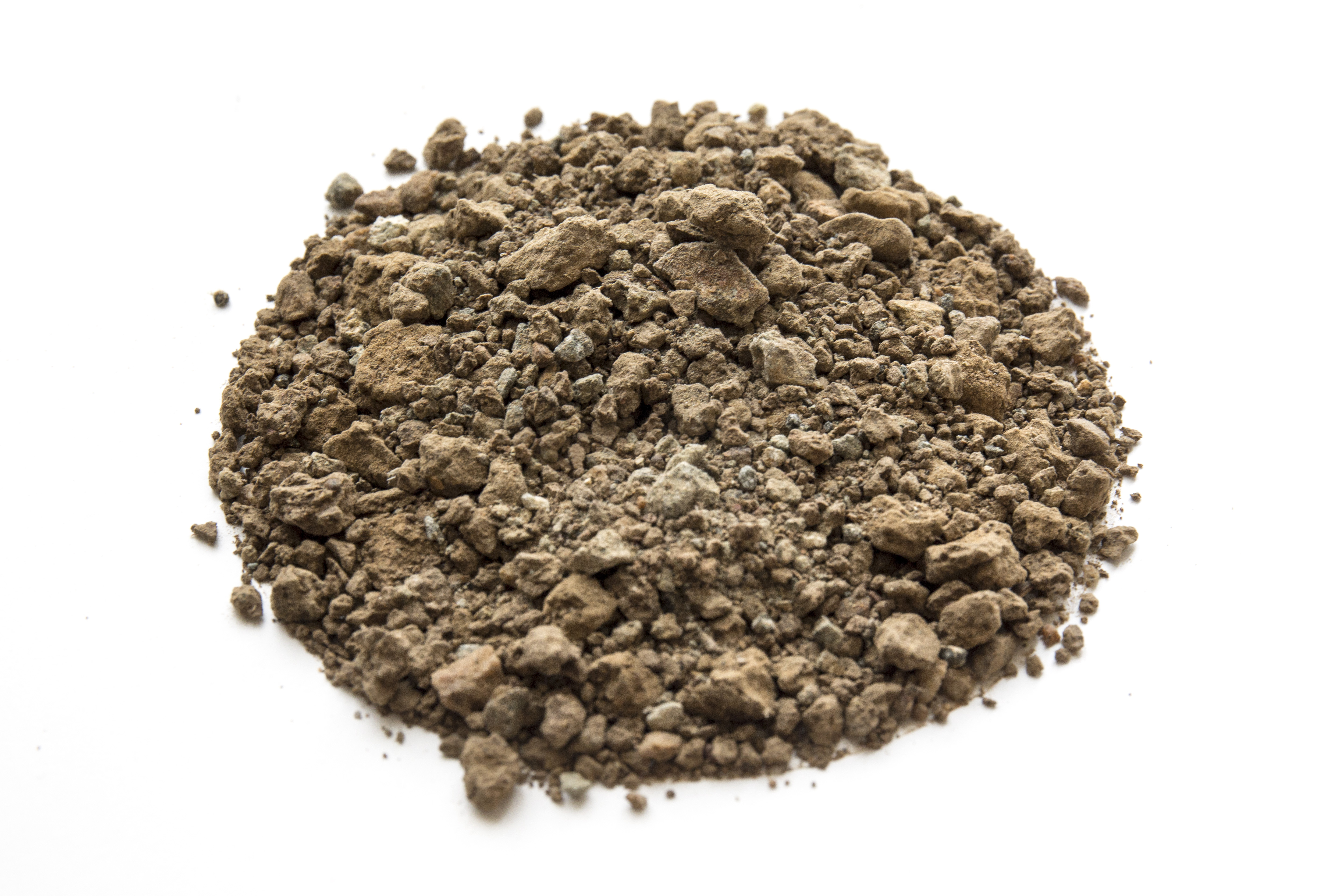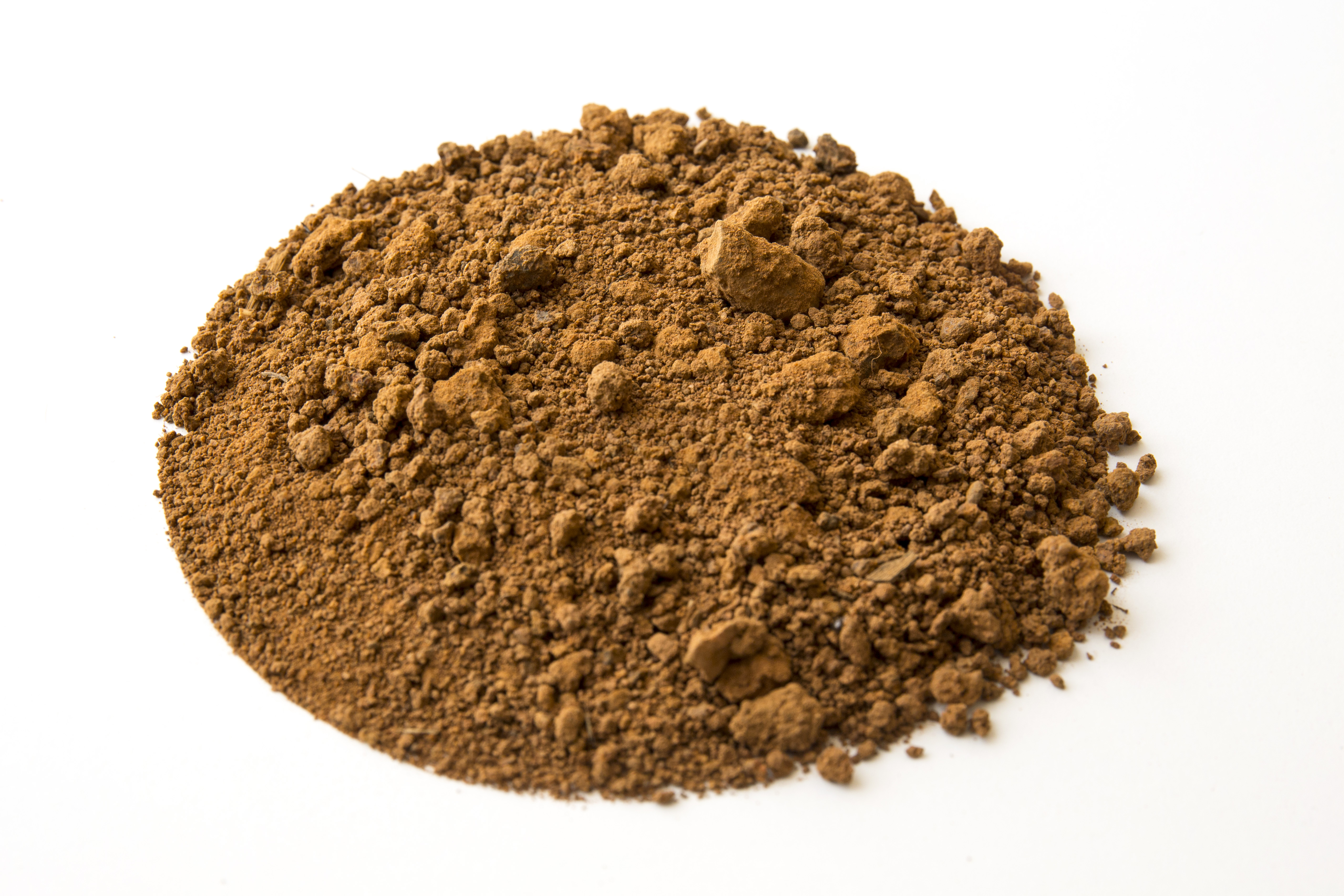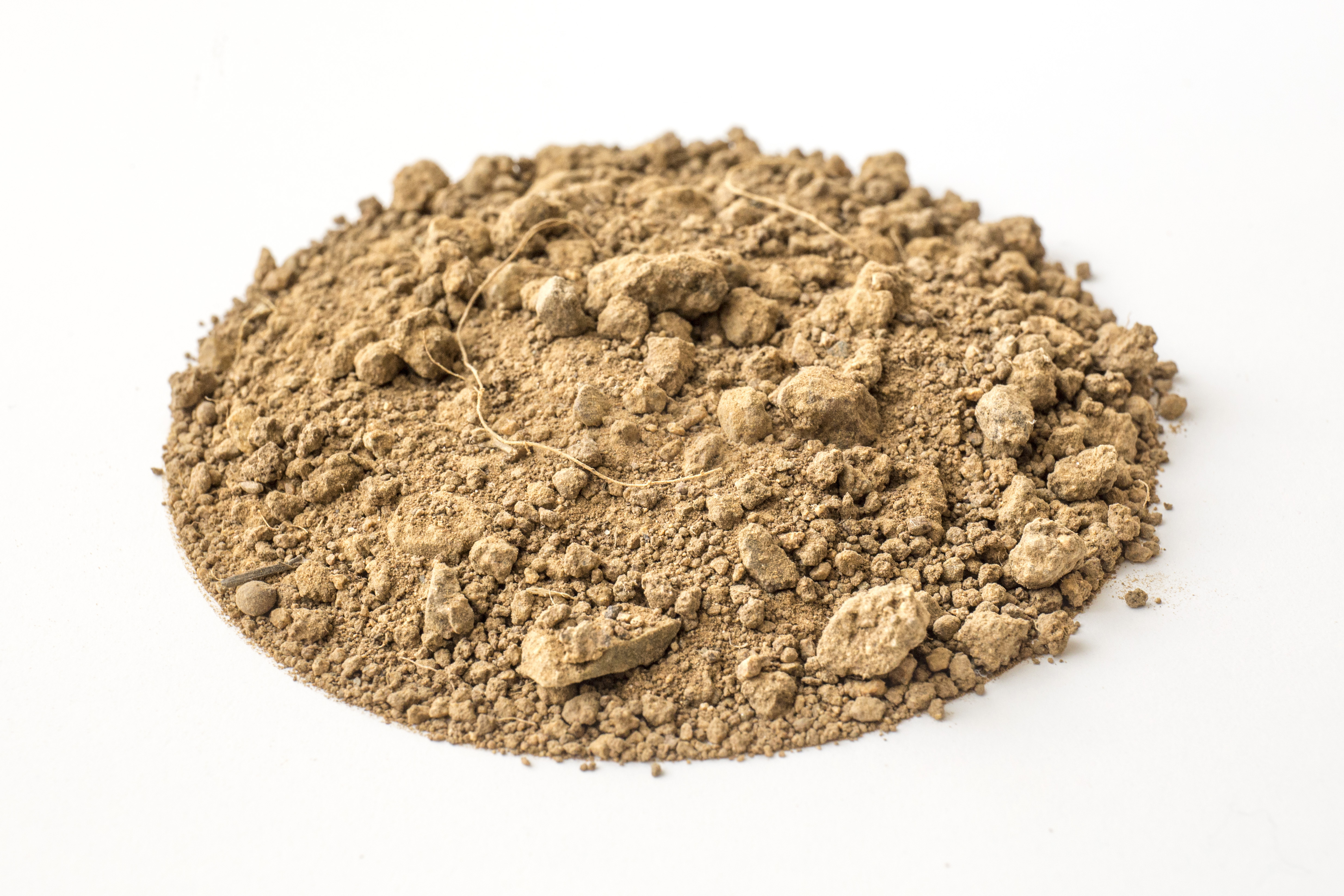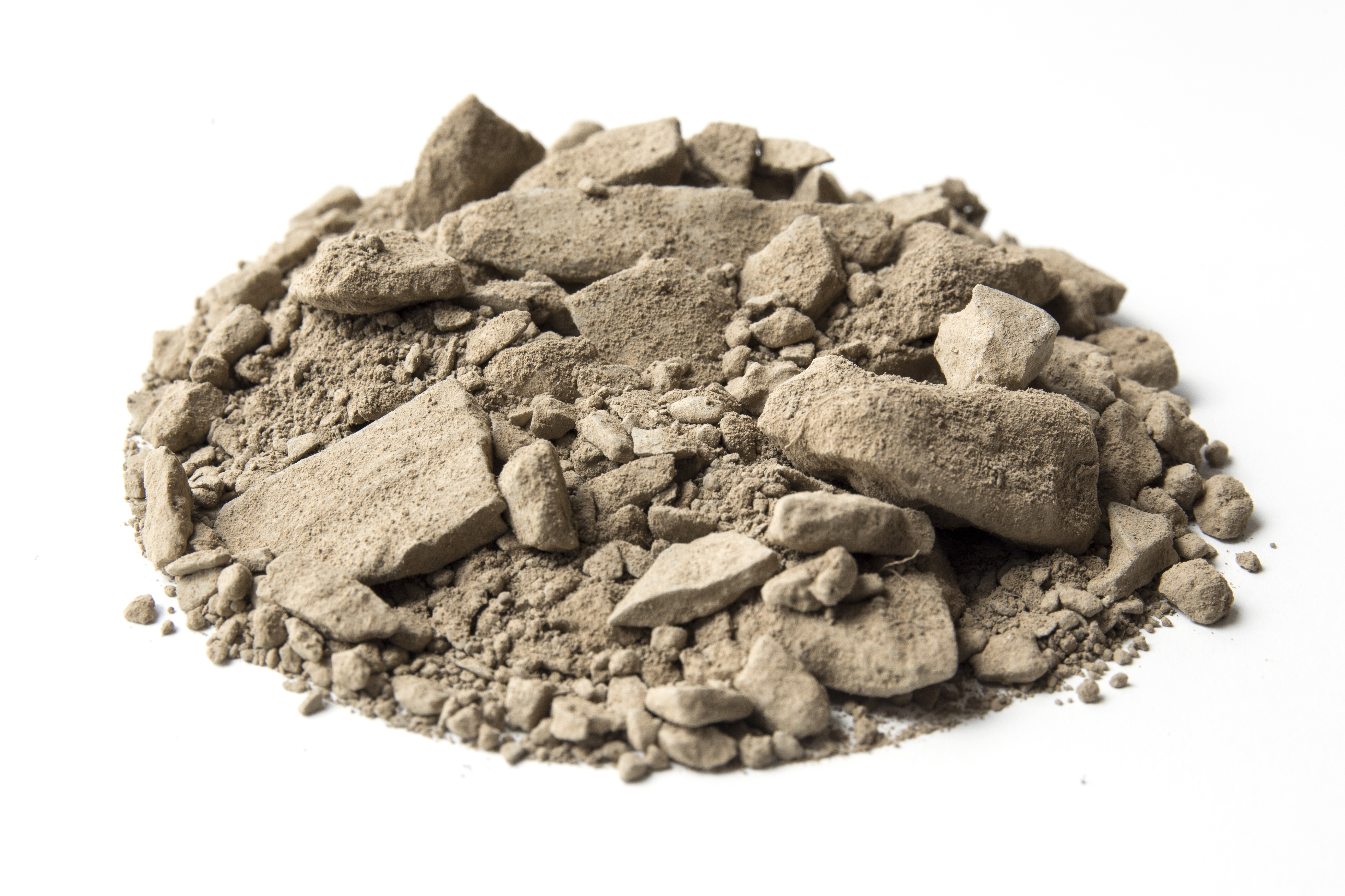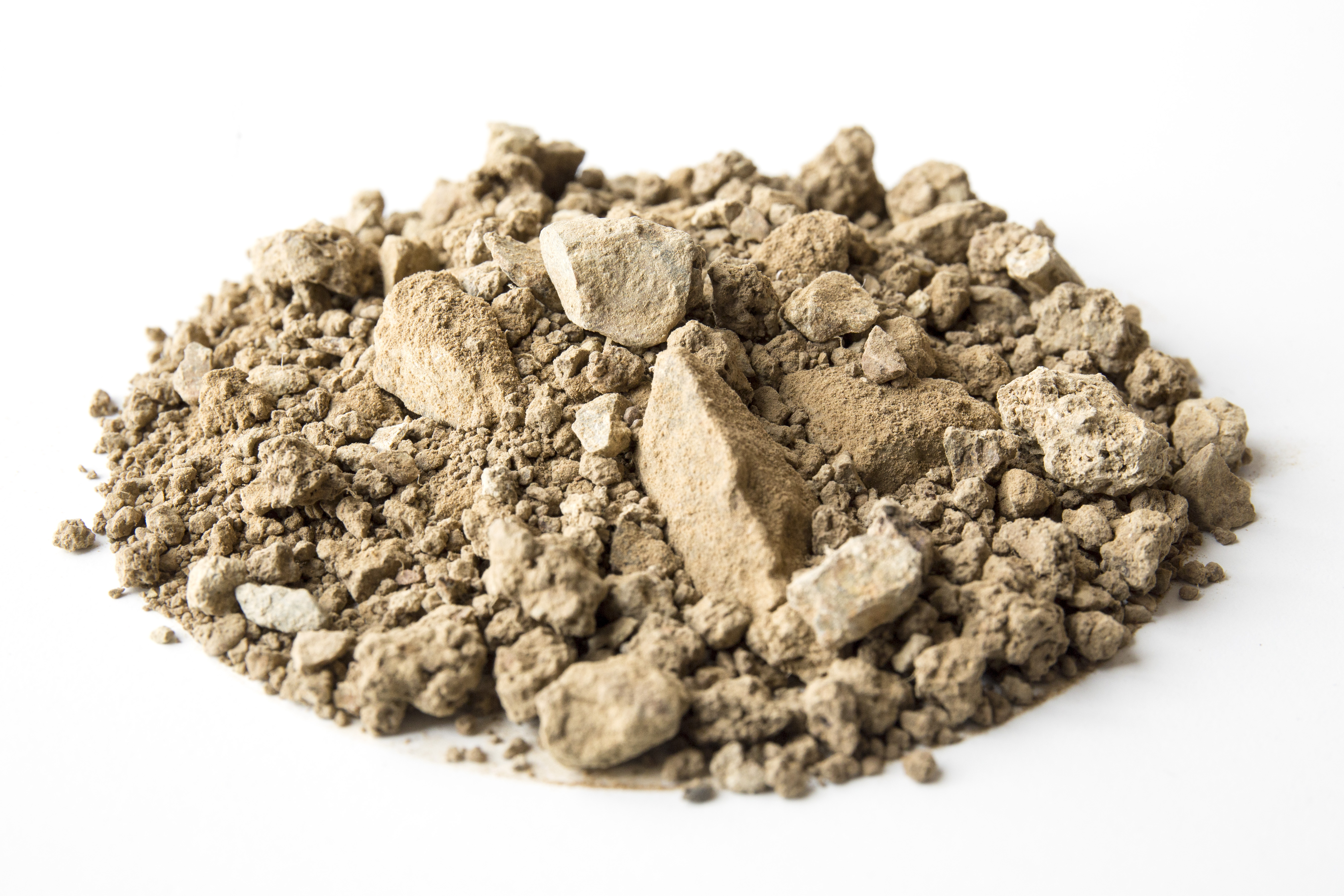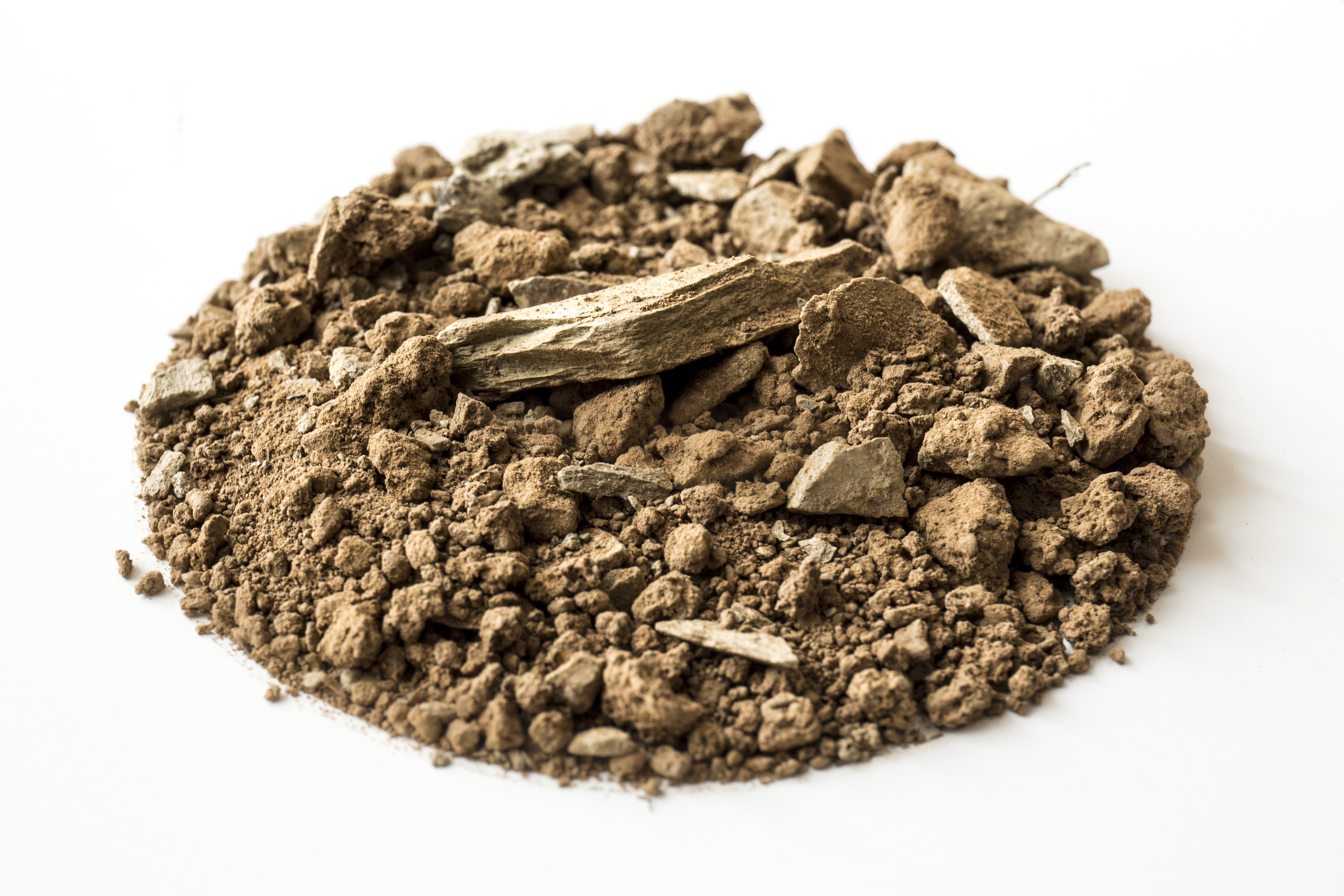For this, it was crucial that we carry out a geological map of Herdade do Esporão’s vineyards, developed by geologist José Borrego.
Our intention was to obtain a detailed map that enabled us to identify the terrain’s lithological (or “rock”) variations in the plots of vineyards, and associate this data with qualitative information of the grapes. We wanted to understand if there were any relatable geological characteristics in the plots intended to produce premium wines, a work that is still ongoing. Furthermore, we wanted to obtain a deeper understanding of the terroir of Herdade do Esporão’s vineyards and the relevant characteristics that distinguish them from the rest of the Alentejo winegrowing region.
Herdade do Esporão’s vine-growing areas have an extensive history. Therefore, while developing this work in the field, we discovered some well-kept secrets.
